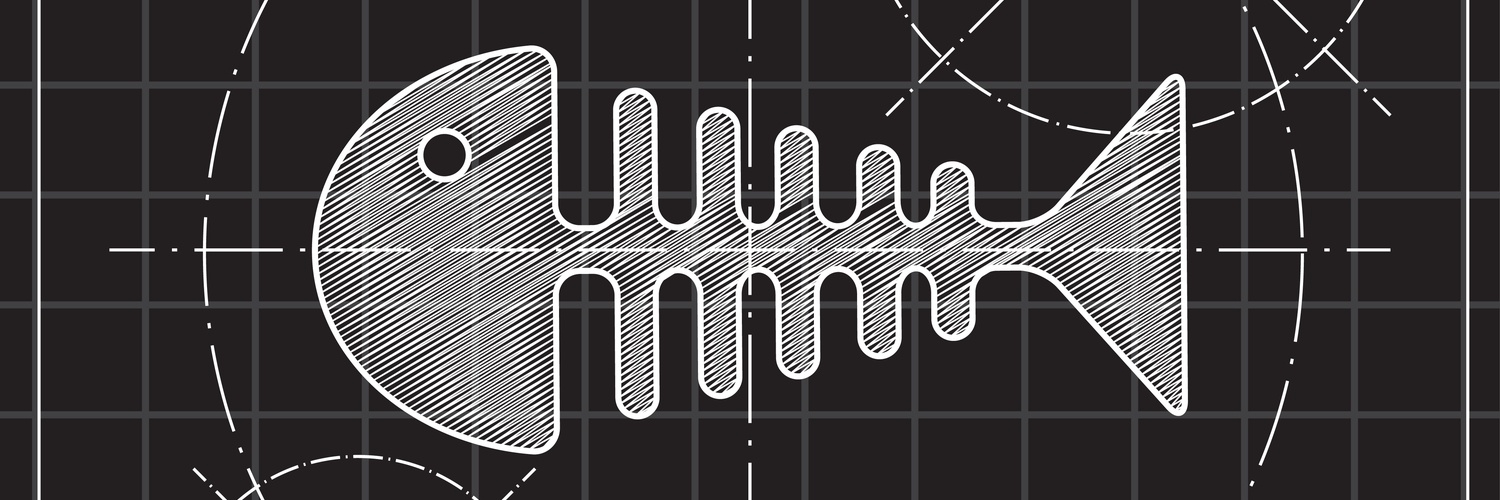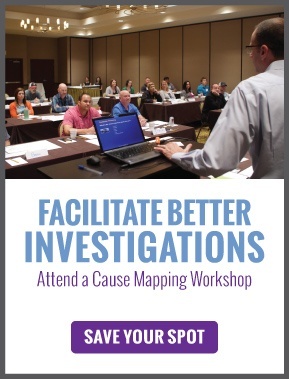How do you improve an improvement tool?
The Fishbone Diagram is a standard among quality professionals across industries. It’s been part of six-sigma training for almost three decades. The American Society of Quality designated the Fishbone as one of the 7 Standard Quality Tools. Kaoru Ishikawa (1915 to 1989), one of the forefathers of Japan’s quality culture, is credited with developing the Fishbone. The use of the tool began to spread globally starting in the 1960s.
I first learned about the Fishbone as an engineering student in the 1980s. After graduation, I worked as a reliability engineer for a large chemical manufacturer. There, I learned other root cause analysis tools and had the opportunity to work with a variety of skilled troubleshooters, problem solvers and investigators on a wide array of problems – safety, quality, production, equipment and human performance. What’s clear is there are completely different schools of thought about problem-solving. Approaches and results vary widely.
Following are five observations about the Fishbone. These are not meant as criticisms of the Fishbone, but simply the continuous improvement of a company’s problem-solving process. I had the benefit of starting with the work Ishikawa had already done. I encourage you to experiment with these ideas on your problems. Don’t take my word for it. Test them. Get your own evidence. I’m interested in your feedback, so feel free to add a comment below.
1. The direction of cause and effect
Traditional Japanese script reads down a vertical column from right to left across the page. Naturally, when Professor Ishikawa wrote down the problem in the 1950s, he walked to the right side of the chalkboard. And the Why questions he asked in Japanese located causes on the left. Most people explain that causes are on the left side of the Fishbone because they lead to the effect on the right. That seems reasonable, but not when you consider Ishikawa’s original sequence: start with a problem, then ask Why questions as you read across the page. In English, simple Why questions locate the effect on the left with causes to the right. This convention aligns with Ishikawa’s original logic, even though it appears backward.
2. A problem isn’t necessarily one effect
The Fishbone begins with a single effect, but that’s not necessarily what your problems look like. One incident may involve an injury, a production loss and an unhappy customer. Each one should be written as a separate effect. Contrary to conventional wisdom, each item should not be combined into one problem statement because they don’t necessarily have the same causes.
Analysis means, "to break down into parts." Any grouping of information will obscure important detail - and detail is what provides clarity in an investigation. An investigation can start with three different effects. If they are part of the same incident, individual cause-and-effect relationships will reveal how they’re all connected.
3. Cause-and-effect vs. categorization
The Fishbone is referred to as a cause-and-effect diagram. Ironically, cause-and-effect is not the primary order of the Fishbone. A Fishbone is first organized by category. Many people find categories appealing because information fits within predefined rules. In this way, the Fishbone provides a structure to the investigation. Every Fishbone looks like every other Fishbone – a backbone with a rib for each category. But the structure of a problem is not overlaid as a predefined shape or in predefined categories. The structure of a problem is already contained within that problem. There’s an order to a problem. The purpose of an investigation is to reveal that structure. Cause-and-effect relationships are connected in a specific way to produce the incident. Revealing those connections requires an objective, scientific approach. As a problem is occurring it doesn’t know it’s supposed to look like the bones of fish. Let the evidence drive your investigations, not predefined shapes or categories.
4. Don’t start with possible causes
It helps to start an investigation with facts. Even if we only have a few. The steps of the Fishbone encourage people to brainstorm possible causes. Letting people start with speculation is not a systematic, scientific approach. And, it makes for longer discussions because people can propose multiple hypothetical scenarios. An incident in the past only happened one way, so the investigation should match that. This simple point is frequently overlooked or misunderstood. Incidents in the past don’t have possible causes; they only have causes because the incident already happened. An investigation may have possible causes, because there are unknowns and evidence is missing. When you don’t know why something happened, it’s then OK to speculate, but there has to be a plan to obtain that evidence. Don’t start an investigation with speculation. Start with facts.
5. Add as much detail as needed
Each Fishbone typically has the standard 5 or 6 generic categories. Organizations then change the categories based on the type of issue being worked. Some organizations use one set of categories for safety investigations and a different set for equipment failures. A cause-and-effect analysis doesn’t require predefined categories because the structure is within the incident.
A fundamental understanding of cause-and-effect allows every problem to be worked consistently. Regardless of the type or size of an issue, if something is causally related to the incident it’s identified in the analysis. This allows an investigation to start at a basic level and then expand into as much detail as needed to thoroughly explain the issue. Categorization approaches typically have a predefined level of detail. All problems go through the same questions with the same categories to the same spot. Problem investigations should be scalable based on the magnitude of the impact and risk to the organization’s overall goals.
These are just a few observations. As I stated earlier, don’t take my word for it. Experiment with these points. Review some of the root cause analysis examples on our website that we have created a Cause Map™ diagram for and see how we visually explain problems. And if you have questions don’t hesitate to contact us for help. We provide root cause analysis training at all levels within an organization, from the Frontline to Facilitators to Leadership and Executives.











